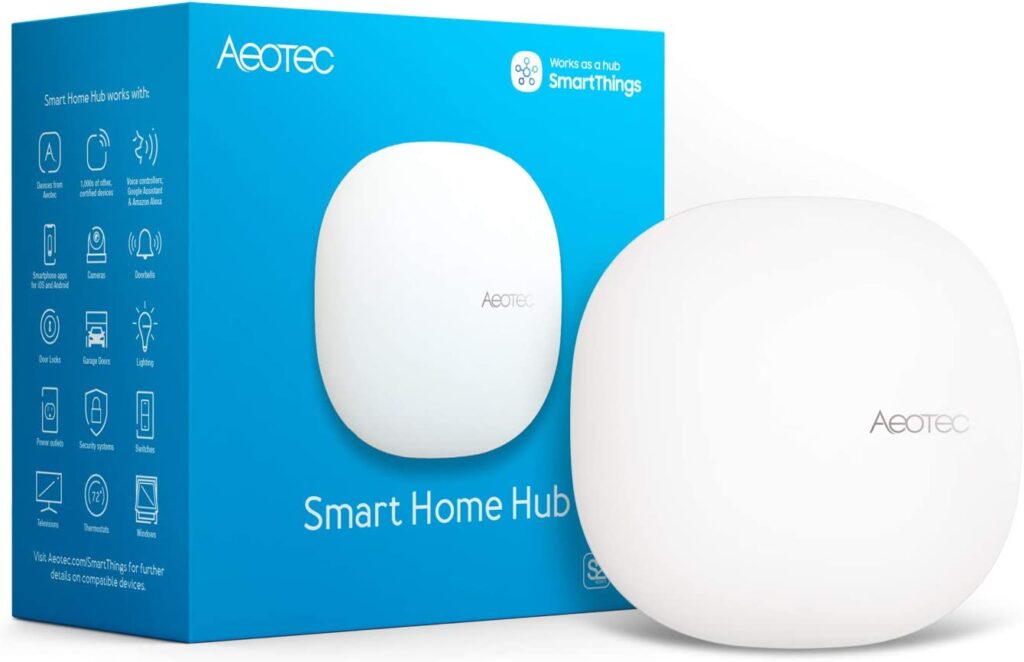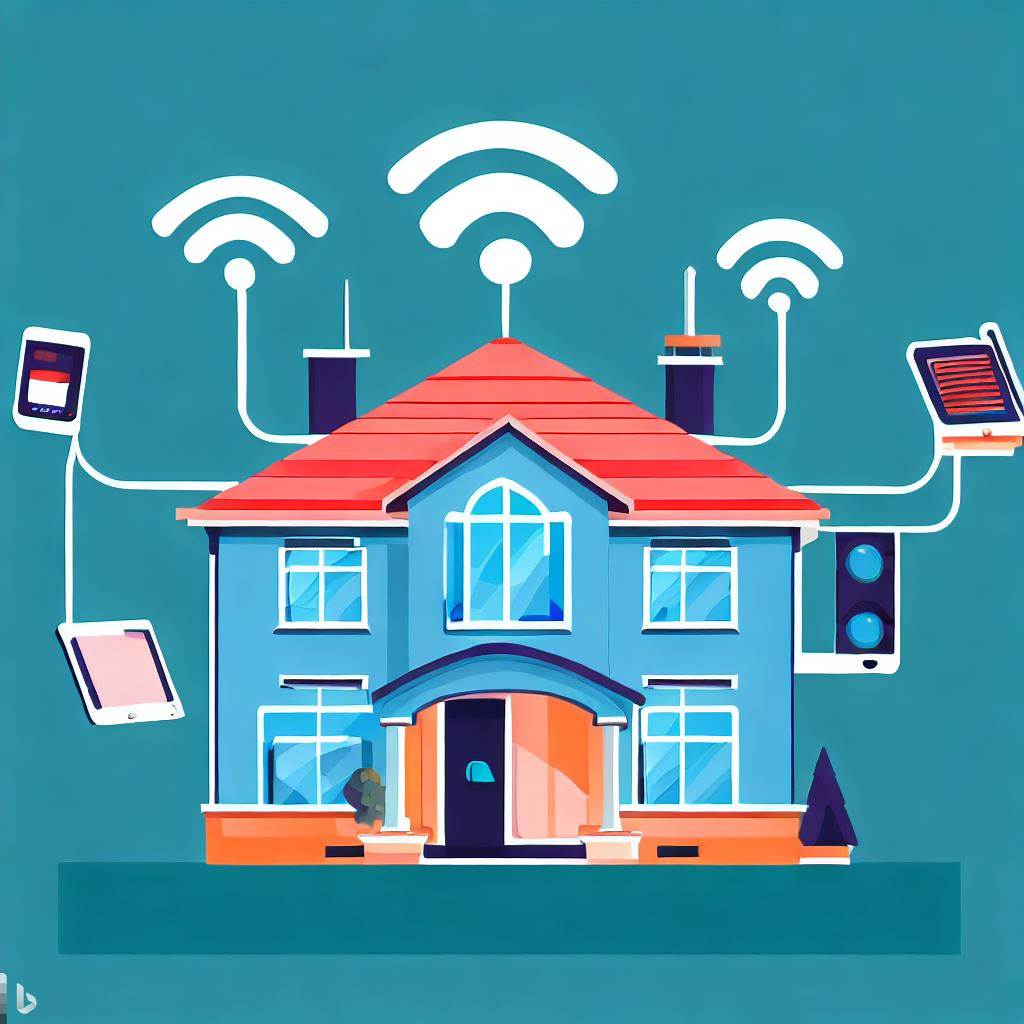We want you to know that this site is supported by our users. Some of the links you’ll find on our site are affiliate links, and if you make a purchase through those links, we may earn a commission at no extra cost to you. Thank you for your support – it’s what keeps us going!
Hey there, tech enthusiasts and curious minds! If you’ve ever wondered about the mysterious term “Z-Wave” that keeps popping up in the world of smart homes and gadgets, you’re in for a treat. In this blog post, we’re diving into the basics of Z-Wave with a casual, down-to-earth approach. No rocket science, no complicated jargon—just pure understanding. So, what is Z-Wave? Read below to find out!
What is Z-Wave Technology?
Alright, let’s start at square one. Z-Wave isn’t some new dance move or a secret code (although that would be cool). It’s a wireless communication technology specifically designed for smart devices. Picture this: you’ve got a bunch of gadgets in your home—smart lights, security cameras, thermostats, you name it. Now, these little wizards need a way to talk to each other and, most importantly, listen to your commands.
The Simplicity Behind the Scenes
Z-Wave works like your friendly neighborhood gossip chain, minus the drama. Imagine each device as a chatty neighbor who passes on whispers to the next one. These whispers are tiny bits of information, like “Hey, the living room lights need to be dimmed” or “Time to crank up the AC, it’s getting hot in here.”
Why Z-Wave is a Big Deal
Now, you might be thinking, “Why bother with Z-Wave when there’s Wi-Fi?” Great question! While Wi-Fi is fantastic for streaming cat videos, it’s not always the best for smart devices. Z-Wave uses way less power, so your gadgets won’t be draining your energy faster than a marathon runner. Plus, it creates a strong mesh network—think of it as a web of connections that makes sure every device gets the memo.
Furthermore, Z-Wave is one of the two wireless protocols that make it possible to have a smart home without internet. The other is called Zigbee.
What is Z-Wave Compatible With?
Alright, here’s the kicker: Z-Wave is like the universal translator of the smart home world. It doesn’t care if your smart plug is made by Company A or if your doorbell is from Company B. As long as they speak Z-Wave, they’re all in sync. So, no more battles of “This device is not compatible with that hub.” It’s all peace, love, and Z-Wave harmony.
Getting Your Z-Wave On

Now, you’re probably itching to know how to set up this Z-Wave extravaganza. First off, you’ll need a Z-Wave hub—a central command center that connects all your devices. Think of it as the conductor of an orchestra, making sure every instrument plays in tune. Next, grab your Z-Wave-enabled devices—smart locks, sensors, or even a robot that brings you snacks. Pair them up with the hub, and voilà! They’re all ready to groove to the Z-Wave rhythm.
Security: Locked and Loaded
“But wait,” you say, “Is Z-Wave secure?” Absolutely! Z-Wave takes security seriously. It uses encryption, which is like putting your messages in a locked box before sending them. So, even if someone tries to eavesdrop on your home automation plans, all they’ll get is a bunch of gibberish. Your secret codes for disarming the security system? Safe and sound.
What is Z-Wave’s Future?
So, what’s next for Z-Wave? Well, it’s not slowing down. With more and more devices joining the smart home party, Z-Wave is evolving to handle the load. It’s like going from a cozy tea party to a full-blown carnival—more fun, more excitement, and definitely more devices to dance with.
Conclusion: What is Z-Wave?
In a nutshell, Z-Wave is the tech wizard that brings your smart home dreams to life. It’s the conductor, the matchmaker, and the security guard, all rolled into one. So, the next time someone asks you, “What is Z-Wave?” you can confidently say, “It’s the magic behind my smart home symphony!”
And there you have it, folks! Z-Wave demystified in all its glory. So go ahead, embrace the Z-Wave revolution, and let your home be the smartest kid on the block!



